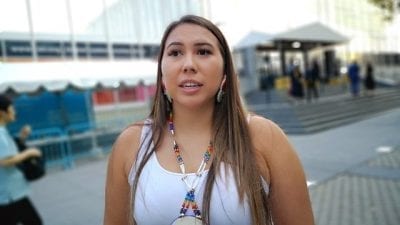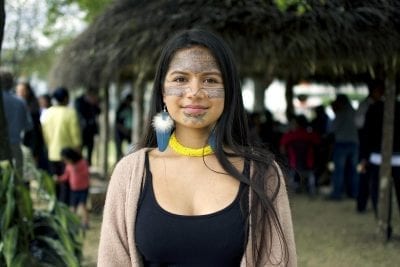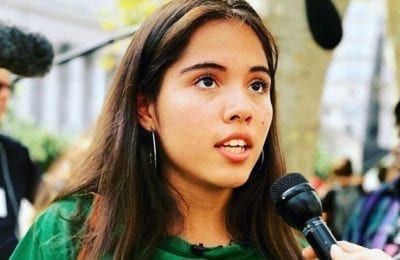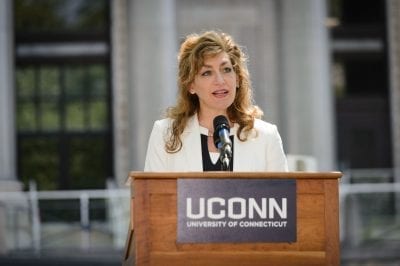Since the late 1980s, activists have been attempting to change Columbus Day — a federally recognized holiday — to Indigenous Peoples Day. Advocates argue that the historical account of Columbus obscures his record of colonization, which led to slavery, genocide, illnesses, and near extinction, of the Taino people by the mid-1500s. The Taino were the most numerous indigenous people of the Caribbean islands encountered by Columbus after his trans-Atlantic voyage in 1492.
Dozens of cities and states across the United States have recognized this holiday as Indigenous Peoples’ Day since advocacy began in the late 1980s. UConn has joined in recognizing this holiday in recent years. This year, the Office of the Provost emailed the UConn community about this recognition and the history behind it. The Native American Cultural Program hosts a week-long event series each year in celebration, dubbed Indigenous Peoples’ Week.

Indigenous people, in the United States and across the world, are on the frontlines of the fight for environmental and climate justice. In the United States, indigenous people are often associated with closeness to nature and a low-impact way of life. While this image is sometimes a caricature, in many cases, it holds true. Struggles for land rights and protection against pollution or displacement, whether caused by the effects of climate change, such as rising sea levels and extended droughts, or by big businesses and expanding agricultural interests, are issues of survival for many of the world’s 370 million indigenous people.

Indigenous Ecuadorians have long-pursued legal action against Texaco and Chevron, large oil conglomerates, for pollution of their homeland from large oil spills. While these lawsuits have dragged on for years, and even decades, they serve as reminders of the determination of indigenous people.
In 2016, indigenous people of the Standing Rock reservation came together to protest the Dakota Access Pipeline, which was slated to run through ancient burial grounds and dangerously close to the tribe’s fresh water supply. Thousands of protesters brought international attention to the issue of indigenous land rights and environmental justice. However, in 2017, protesters were eventually dispersed and removed by state and federal authorities and the final phase of the pipeline project was swiftly approved by the Army

Corps of Engineers (ACOE). Although the project was completed and oil is flowing through the pipeline, a federal judge ordered the ACOE to reconsider certain environmental impacts. The reservation is currently litigating the adequacy of that second review, which was done in 2018 – their fight is yet another example of the challenges and environmental risks faced by indigenous people.
The most recent global climate strikes are most commonly associated with Greta Thunberg, the 16 year old Swedish activist who started the Fridays for Future student movement. But indigenous youth have been heavily involved on the frontlines of this movement as well. Other prominent activists include the 22-year old Makasa Lookinghorse of the Six Nations of the Grand River, who is

fighting for Native American water rights in opposition to a permit granted by Ontario, Canada, which allows the Nestle Corporation to pump millions of gallons of water per day from a local aquifer. We must recognize Helena Gualinga, who has fought for climate justice in her homeland of Ecuador, and Xiye Bastida, who has fought against extraction culture and for environmental justice in Mexico.
Indigenous activists have been leading on environmental justice issues long before it has gained the attention of the public eye. This Indigenous Peoples’ Week, we recognize and support them in their continued struggle for environmental and climate justice.
